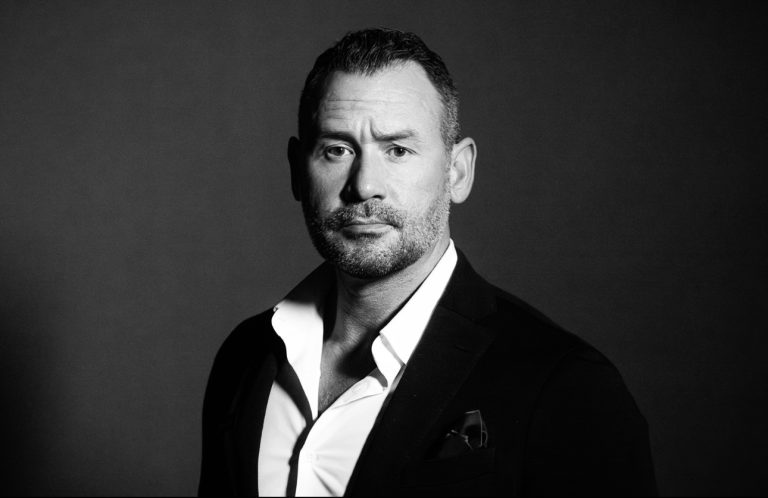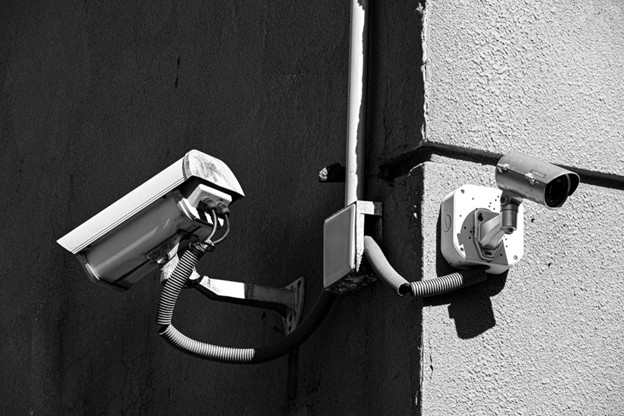
Roof replacement is an expensive project. It is important to remember that your roof is an investment so if replacement is needed, it is worth it. The roof is one of the most important, and also one of the most expensive, components of any building. If there is ever a problem with the roofing, the building owner should first consider whether to repair rather than replace.
Understanding the costs involved in a commercial roof replacement is the best way to help figure out the next step. Once you know the finances, you can decide which type of replacement to get and how much you need to budget for.
There are five important factors to consider that will impact the cost of your commercial roof replacement:
- Type of roof
- Roof access
- What’s underneath
- Wind loads and fastenings
- Code requirements
1. Type of Roof
Commercial roofing is typically flat (low-sloped) or sloped. Most often, the material of choice is either a single-ply roof or built-up bituminous roofing. There used to be concern regarding a single layer of protection in that it was thought to be prone to leaks. Over time these roof systems have proven to be incredibly durable and often come with a 25-30 year warranty. They are also less expensive and require less time for installation as compared to other types of flat roof materials.
The average cost for single-ply flat roof replacement is between $3 and $5 per square foot. Built-up bituminous roofing consists of a number of layers of various roofing materials built-up, one on top of the other. The multiple layers of roofing plies provides protection, but can be also more expensive and time-consuming to install.
The average cost for built-up bituminous flat roof replacement will be between $3.50 and $6.50 per square foot. You get a larger variety of options with sloped roofing, with the cheapest being asphalt shingle. You can also choose slate or wood shingles but note that these materials can be expensive. With shingled roofs, aesthetics should also be considered, as the visible roofs can be a significant part of the overall look of the building.
For asphalt shingle roof replacement the average cost will be between $3.50 and $7 per square foot. Tiles are also common covering for sloped roofs and you can choose from clay, concrete, and other materials as well. These materials last a long time, with some holding strong for 50 years, but they are also the most expensive roofing materials.
A third common material for sloped roofs is metal. Metal roofs come in many varieties, such as corrugated, standing seam, and flat seam, as well as in many colors. The average cost for replacing a roof with metal is between $7 and $12 per square foot. It’s important always to balance warranty and estimated useful life (EUL) against the up-front savings of various roofing products. You need to remember that a warranty is essentially a roofing insurance policy, and like any insurance, you can purchase the coverage limits you are willing to pay for.
2. Roof Access
Roof access can have as much impact on the cost to replace your roof as the type and material. How easy it is to get to your roof plays a part and incorporates factors such as height, occupancy, property access, and material storage areas. A taller building will be more expensive than a shorter one because cranes will be needed for access. A building that is occupied will also have additional challenges. The health, safety, comfort, and productivity of occupants must be taken into account and will influence the final cost. Finally, the ability to get equipment into the property and close to the building will also play a part in cost.
3. The Roof Structure
A roof consists of several components. The structure is the most important and may be concrete, metal or wood deck, insulation, cover board, or other substrate materials. The condition of these materials will impact the cost of replacing a roof. Should there be any water or impact damage and these materials need to be replaced, you can expect the replacement cost to be higher. Infrared technology or other moisture detecting equipment can be used to accurately help identify trapped moisture.
4. Fasteners and Wind Loads
Depending on where your building is located, weather and local codes will impact the type of fasteners your roof system requires. Roofing exposed to higher wind speeds will need to have stronger fasteners placed at more frequent intervals.
5. Code Requirements
The local, regional, and state code requirements that your building may be subject to will impact everything from insulation and substrate to ventilation and slope.
When you are looking to replace your commercial roof, it is important to keep these factors in mind. You will be in a better position to estimate the cost of replacing your commercial roof. You also need to hire a reputable roofing consultant to help you determine the most cost effective solution. You may need repairs or you may need a replacement. Reach out to us today to schedule a consultation so we can look over your property and get the right solution for your commercial roofing at the best possible price for you.





